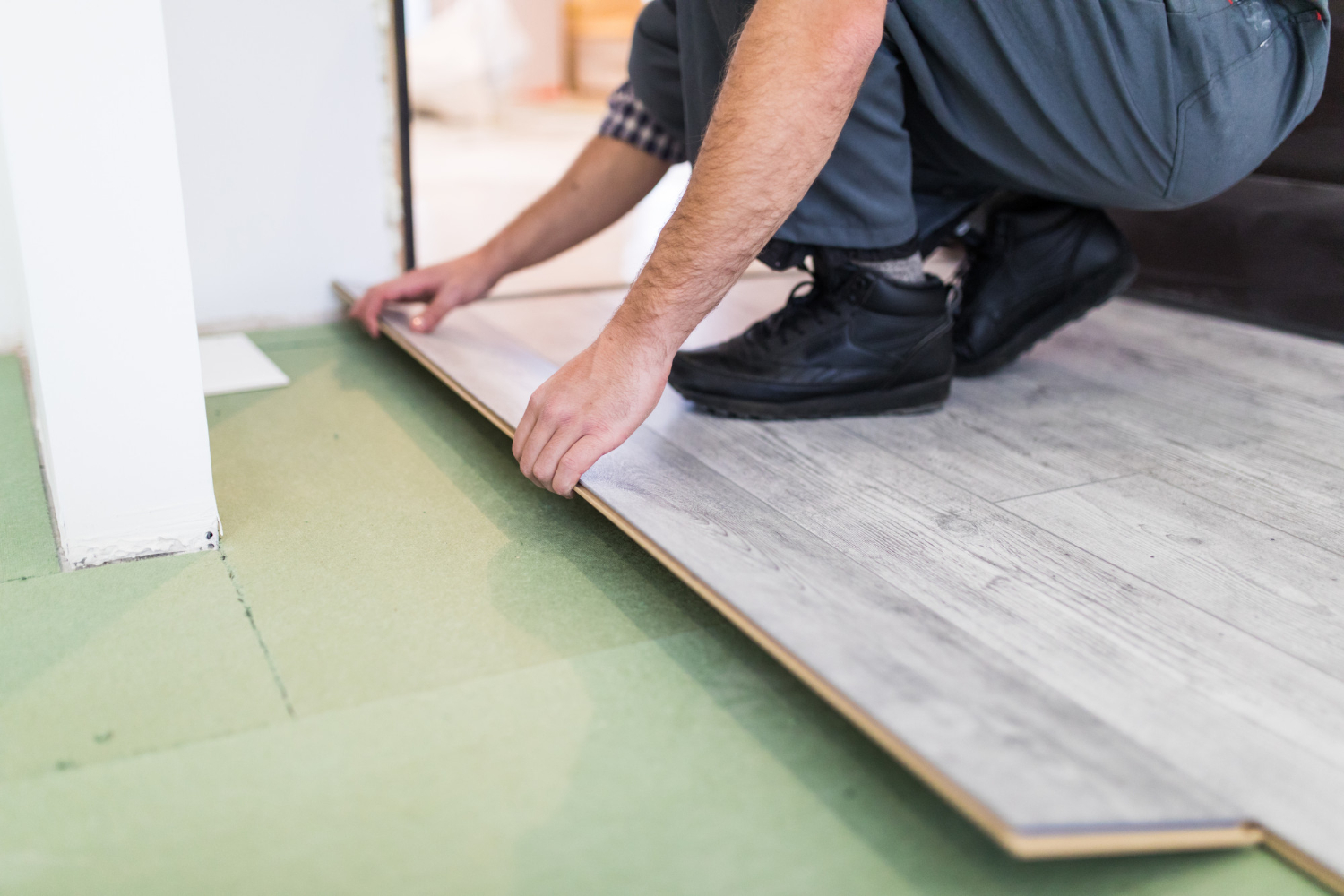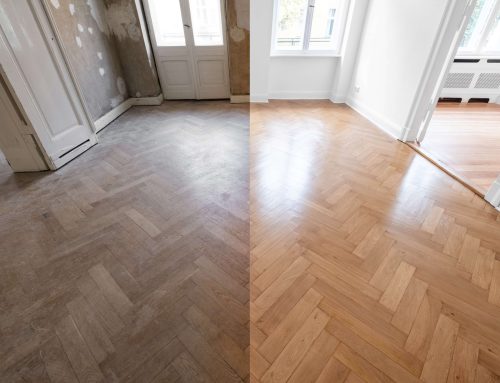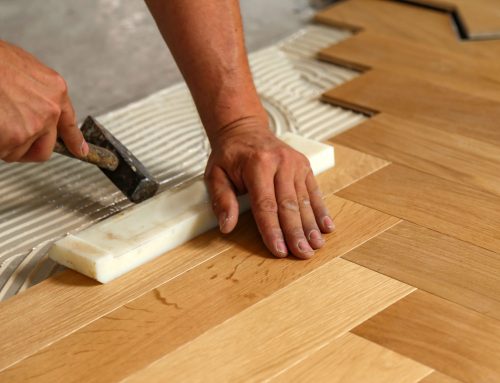Wood flooring restoration is more than a mere aesthetic enhancement; it is essential for preserving the structural integrity and longevity of your wooden floors. In Leeds, where traditional homes with wooden floors are prevalent, maintaining these features is crucial.
Floor Sanding Leeds not only revives the beauty of your floors but also protects your investment, ensuring that your wooden floors continue to contribute to the charm and value of your property.
Understanding the Importance of Wood Flooring Restoration
Wooden floors are susceptible to wear and tear over time, influenced by factors such as foot traffic, spills, and general neglect. Restoration helps in addressing these issues by renewing the wood’s appearance and functionality.
This process involves removing surface damage, applying protective coatings, and sometimes replacing worn-out sections. Proper restoration safeguards against further deterioration and enhances the floor’s overall durability of wood flooring Restoration in Leeds.
How Leeds’ Climate Affects Wooden Floors
Leeds’ climate, characterised by moderate temperatures and high humidity, can have a significant impact on wooden floors. Fluctuations in moisture levels can lead to wood expansion and contraction, causing warping, gaps, and other forms of damage.
The damp conditions typical of Leeds can exacerbate these issues, making Tips for Wood Flooring Restoration even more critical to preserving the condition of your floors.
Evaluating the Condition of Your Wood Floors
Signs That Your Wood Floors Need Restoration
Several indicators suggest that your wooden floors require restoration. Look for noticeable scratches, dents, and discolouration. Warped or uneven planks can signal moisture damage or structural issues.
Additionally, if the finish appears dull or has worn away completely, it is a sign that your floors need attention. Regularly assessing these signs can help you address problems before they become more severe.
DIY vs Professional Assessment: Which is Right for You?
While DIY assessments can be useful for identifying obvious issues, a professional evaluation offers a more thorough and accurate diagnosis. Professionals have the expertise to detect underlying problems that might not be immediately visible.
They can also recommend appropriate restoration techniques and materials, ensuring that the job is done effectively and efficiently. For more complex or extensive damage, professional assessment is often the better choice.
Choosing the Right Restoration Method
Sanding vs Refinishing: What’s the Difference?
Sanding and refinishing are two distinct yet complementary processes in wood floor restoration. Floor Sanding Leeds involves removing the top layer of damaged wood, which helps to eliminate imperfections and prepare the surface for refinishing.
Refinishing, on the other hand, applies a new coat of stain or varnish to enhance the appearance and protect the wood. The choice between sanding and refinishing depends on the extent of the damage and the desired outcome.
When to Refinish and When to Replace
Refinishing is appropriate when the damage is limited to the surface layer and does not affect the structural integrity of the wood. If your floors have deep scratches, significant warping, or other serious issues, replacement may be necessary.
Replacing individual boards or sections is often a more cost-effective solution compared to full replacement, especially when combined with refinishing the remaining floors.
Essential Tools and Materials for Wood Flooring Restoration
Must-Have Tools for a Successful Restoration Project
A successful wood flooring restoration project requires specific tools and materials. Essential tools include a drum sander for large areas, an edge sander for corners and edges, and a vacuum for cleaning dust.
Additionally, a good-quality buffer and applicator pads are crucial for applying finishes smoothly. Having the right tools ensures that the restoration is done professionally and efficiently.
Recommended Wood Finishes and Sealers
Selecting the appropriate finish and sealer is critical for achieving a durable and attractive result. Choices range from polyurethane for a hard-wearing surface to natural oils that enhance the wood’s natural beauty.
Sealers help to protect the wood from moisture and wear, extending the lifespan of the finish. Consider factors such as the wood type, room usage, and desired appearance when choosing products.
Conclusion
Restoring wooden floors is a rewarding endeavour that breathes new life into your home’s interior. By understanding the significance of restoration, choosing the right methods, and employing effective maintenance strategies, you can ensure that your wood floors remain a stunning feature of your property for years to come.
Floor Sanding Leeds will maximise the benefits and beauty of your wooden floors. For more information or assistance, Contact Us.





